What They Didn't Tell Us In Science Class
It’s easy to get caught up in the day-to-day struggles of being down here on Earth. We're only Earthlings, after all, and all the comings and goings, highs and lows of life down here... well, they're all we really know. But there's a whole solar system out there! Every day, scientists and astronomers are peering deeper into the blackness around us, discovering more and more planets that just might be something like ours—and for all we know, we're not the only ones looking...

1. What’s In A Name?
When most people think of "the solar system," they think of the planets and moons surrounding the Sun, but there’s a lot of solar systems out there. The Sun is just another star, and every star in the sky has gravity that attracts different celestial objects to it.
Every single star that you can see could have its own solar system. Think about that next time you're looking out at the night sky.
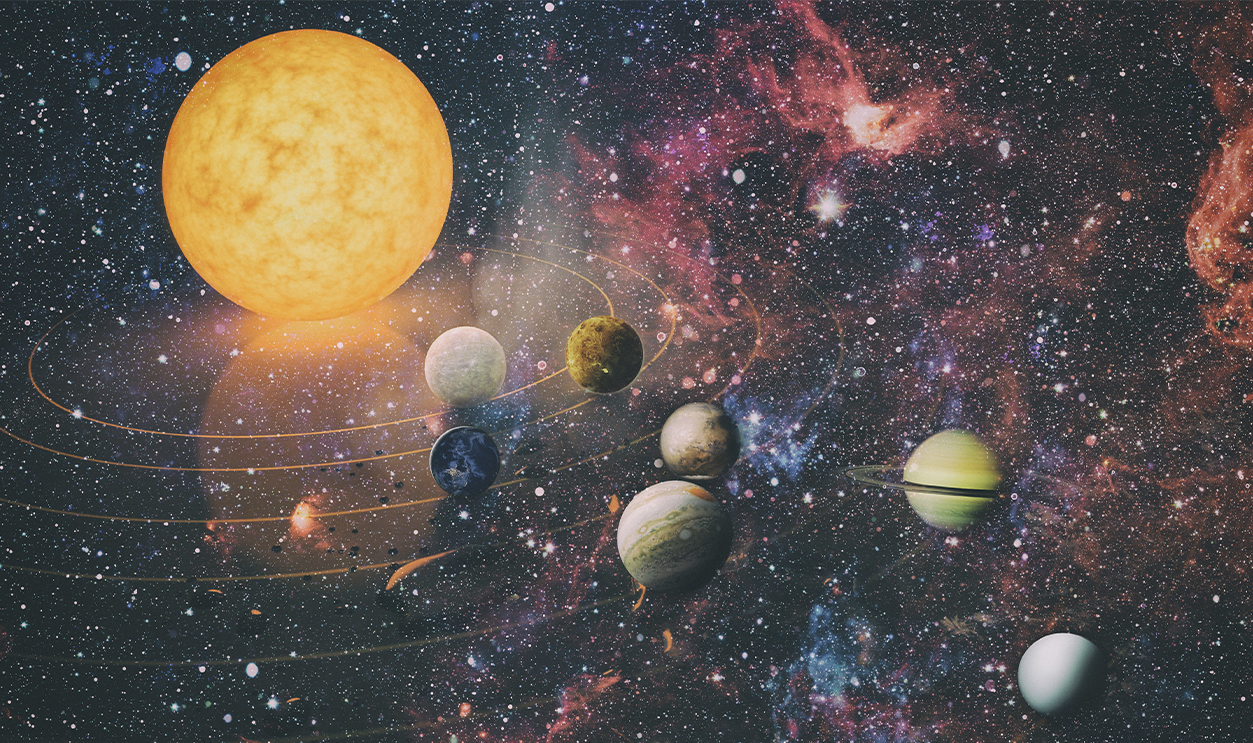
2. You Thought The Pyramids Were Old
By studying moon rocks (which are some of the oldest objects we can find) scientists have estimated the age of our solar system to be somewhere around 4.5 billion years old.
How did our solar system start, you might ask? Read on, brave scientist. It's a pretty incredible story...

3. Still Young
First, though, it's important to give some context. Our solar system might seem old, but it is actually still pretty new to the universe.
Yes, it’s been around for 4.5 billion years... but it’s also estimated that the universe itself is 13.8 billion years old.
That's right. Old as we might think our neighborhood is, it's basically a new development in the city that is our universe. The universe existed for over 9 billion years before our Sun even started to form.
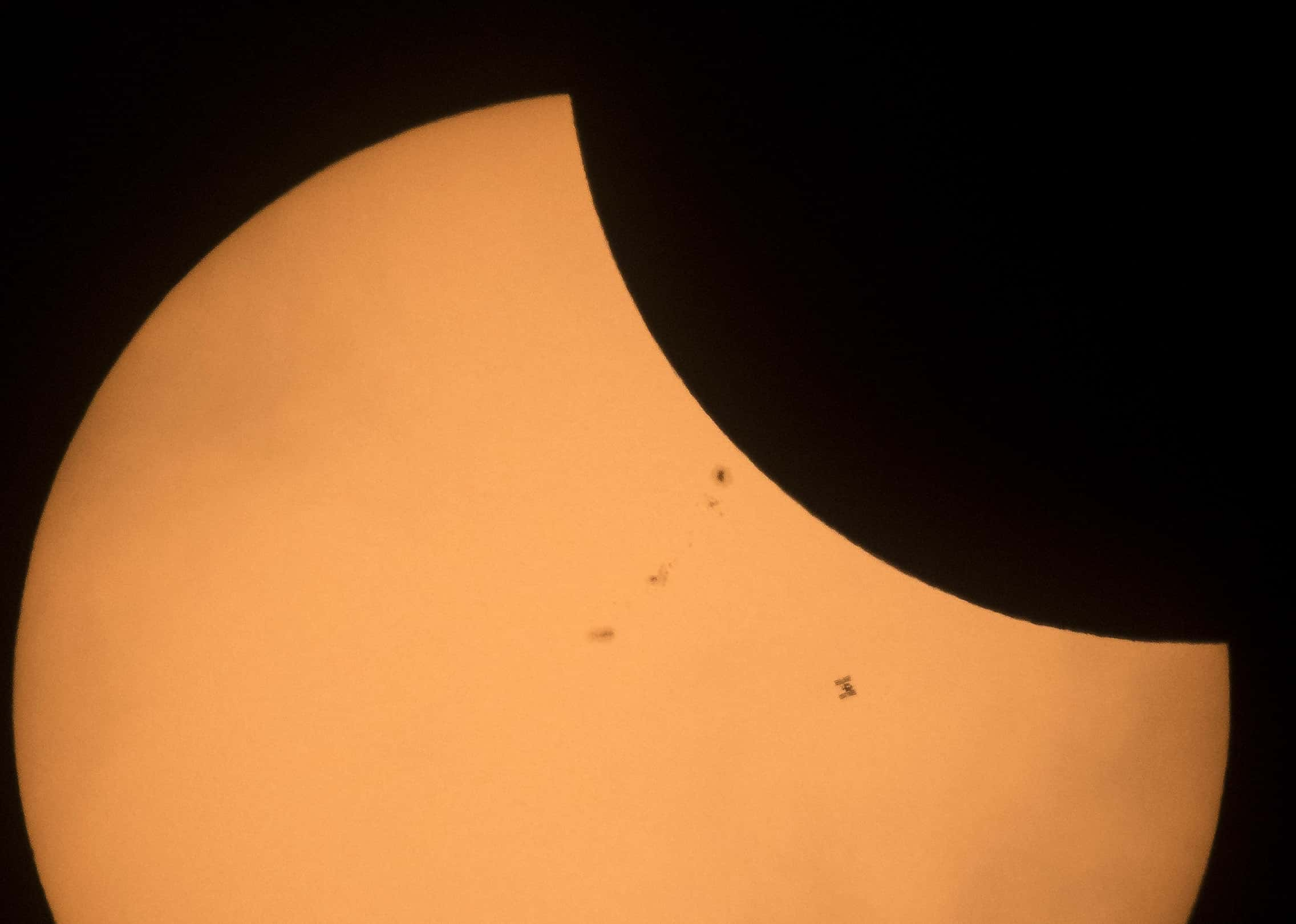
4. Looking Cloudy
Before there were asteroids, planets, or even the Sun, our solar system began as a massive cloud of gas and dust particles floating in space. This cloud is called a "solar nebula," and you can see other nebulae in space today if you have a good enough telescope.

5. Where Did It All Start?
Eventually, the giant cloud of dust that existed before our solar system began to collapse. The Sun began to form at the centre of this cloud, and it started getting bigger and bigger, like a snowball rolling down a hill. The initial collapse, from nebula to early solar system, probably only took around 100,000 years, which is like the blink of an eye as far as the universe goes.
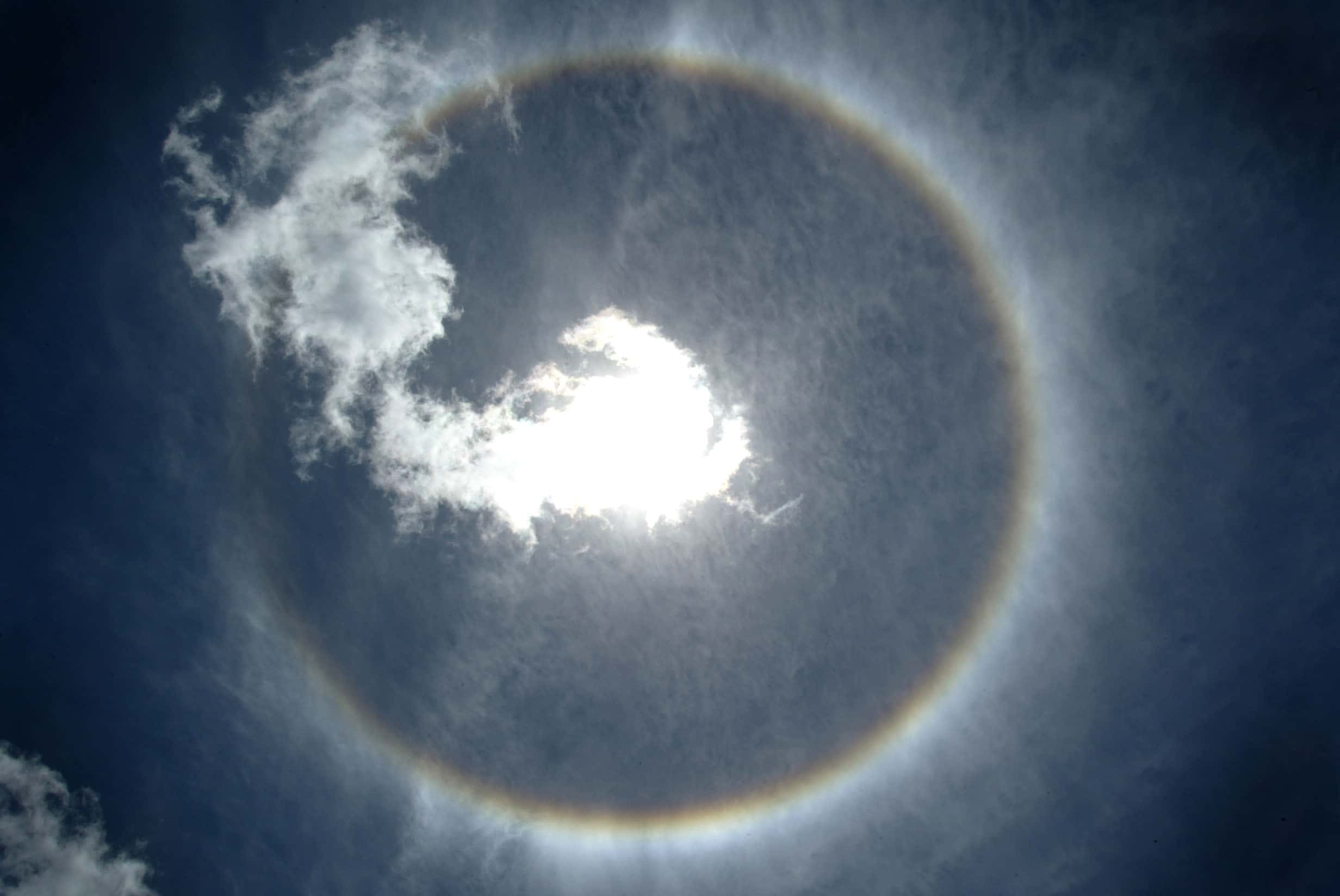
6. Spinning Disks
As the solar nebula formed into the Sun, it began to spin and form together into an enormous flat circle called a "circumstellar" or "protoplanetary" disk. This massive ring of matter would get flatter and flatter as the solar system spun, and out of that disk the planets would eventually form.
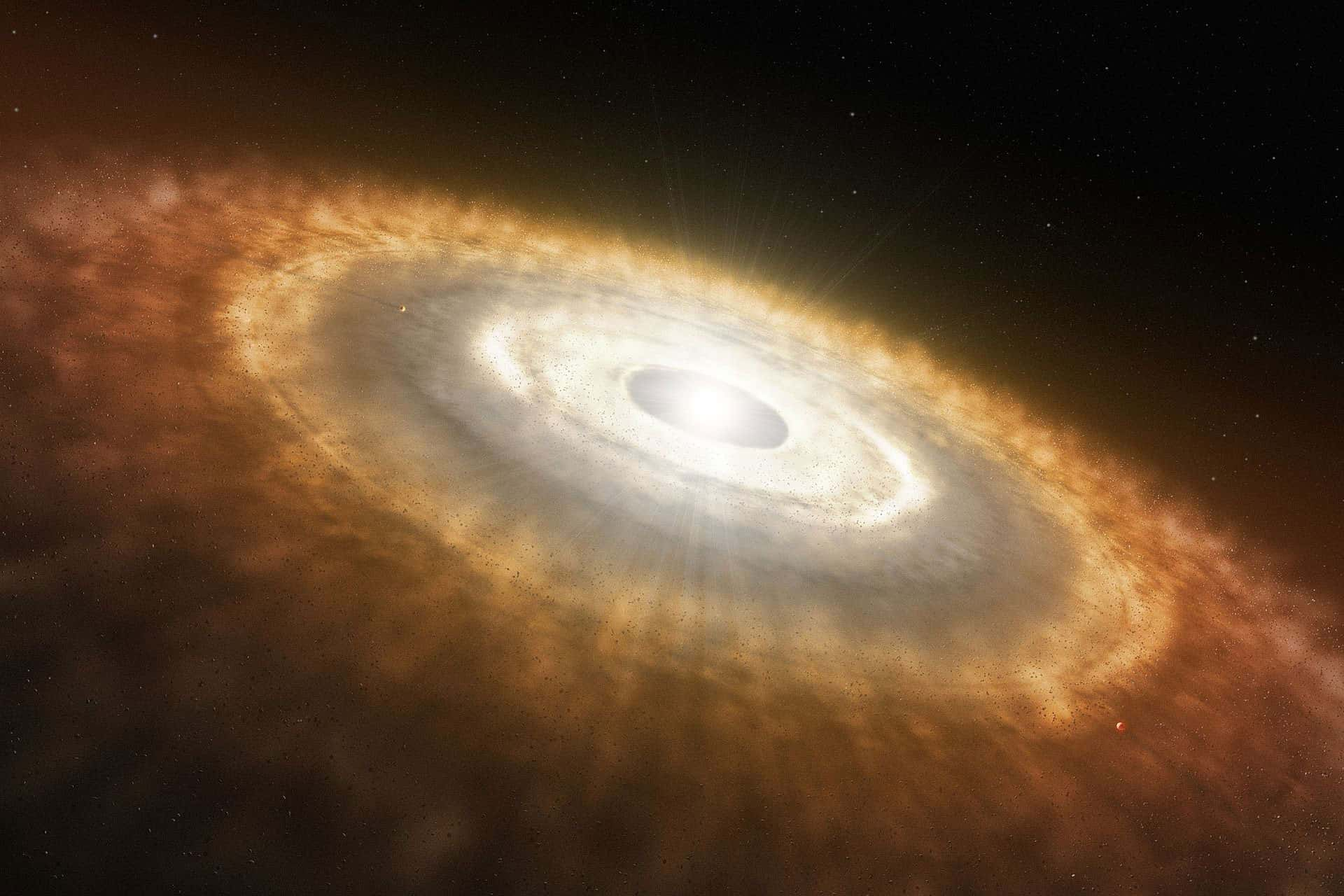
7. Orbits Around Orbits Around Orbits
Most people know that the planets orbit around the Sun, but did you know that the Sun itself is moving too? The solar system is part of the Milky Way, and it’s orbiting a supermassive blackhole at the centre of the galaxy. That means the Sun is constantly moving at around 220 km per second, and we’re just being towed along.

8. You Thought Pluto Was Far
A lot of maps of the solar system end around Pluto, but it goes out much further than that. Pluto is about 3.67 billion miles from the Sun, and edge of our solar system is still around 1,000 times farther away than that!

Pluto and Charon
9. One Massive Star
When it formed, the Sun consumed the vast majority of matter in the solar nebula that came before it. Despite how large the solar system is, 99.86% of its mass is contained in the Sun. Most of the rest is in Jupiter, Saturn, Uranus, and Neptune, and the rocky planets like Earth consist of just the tiniest fraction of the total mass.

10. Nuclear Power
Ever wonder what the Sun is exactly? It’s actually a giant nuclear reactor, where hydrogen atoms fuse to become helium. This reaction creates an absolutely huge amount of power. Just a tiny amount of that energy reaches the Earth, but it’s still enough to meet all of humanity’s power needs in just two minutes if it could all be harnessed.

11. Middle-Aged
There’s only so much hydrogen in our Sun to keep it going, and eventually it will fuse all of it into helium. But don’t worry, the sun has enough hydrogen to keep burning for around 5 billion more years, and since it’s been going for about 4.5 billion years already, it’s right in the middle of its lifespan.

12. Just Like In Fairy Tales
There are many different kinds of stars. Our Sun is called a yellow dwarf, and it will continue to be one for another 5 billion years or so, at which point it will expand and become a red giant.

13. Recipe For A Star
The vast majority of the Sun is made up of hydrogen (~70%) and helium (~28%). Another 1.5% consists of carbon, nitrogen and oxygen, and then the final 0.5% is split between various other elements.

14. Giant Of The Solar System
The Sun is far, far bigger than anything else in the Solar System. Its diameter is 864,575.9 miles, meaning you could fit 1 million Earths inside of it.

15. Hot Hot Hot
The reason we can feel the Sun’s heat all the way from the earth is because it’s hot. Really hot—around 9932ºF at the surface— but that’s nothing compared to its core, where it gets as hot as 27 million ºF.

16. It’s All Relative
Our Sun is the biggest thing in our solar system, but there are stars in the universe that get much, much bigger. It all depends on the conditions that led to a star’s formation. Although the Sun is considered to be of average size, the largest star currently known, UY Scuti, has a radius that’s 1,700 times bigger than our Sun. But since it’s not nearly as dense, it only has 30 times as much mass.

17. Close To Perfect
There’s only a difference of about 6 miles when you compare the polar diameter (north/south) to the equatorial diameter (east/west) of the Sun. That’s pretty impressive when you consider how huge it is. It’s actually the closest thing to a perfect sphere that’s ever been found in nature.

18. They Call Me A Wanderer
The origin of the word "planet" is the greek word planetes, which means "wanderer". The Greeks called planets this because unlike the stars that stayed in place, the planets wandered across the night’s sky.
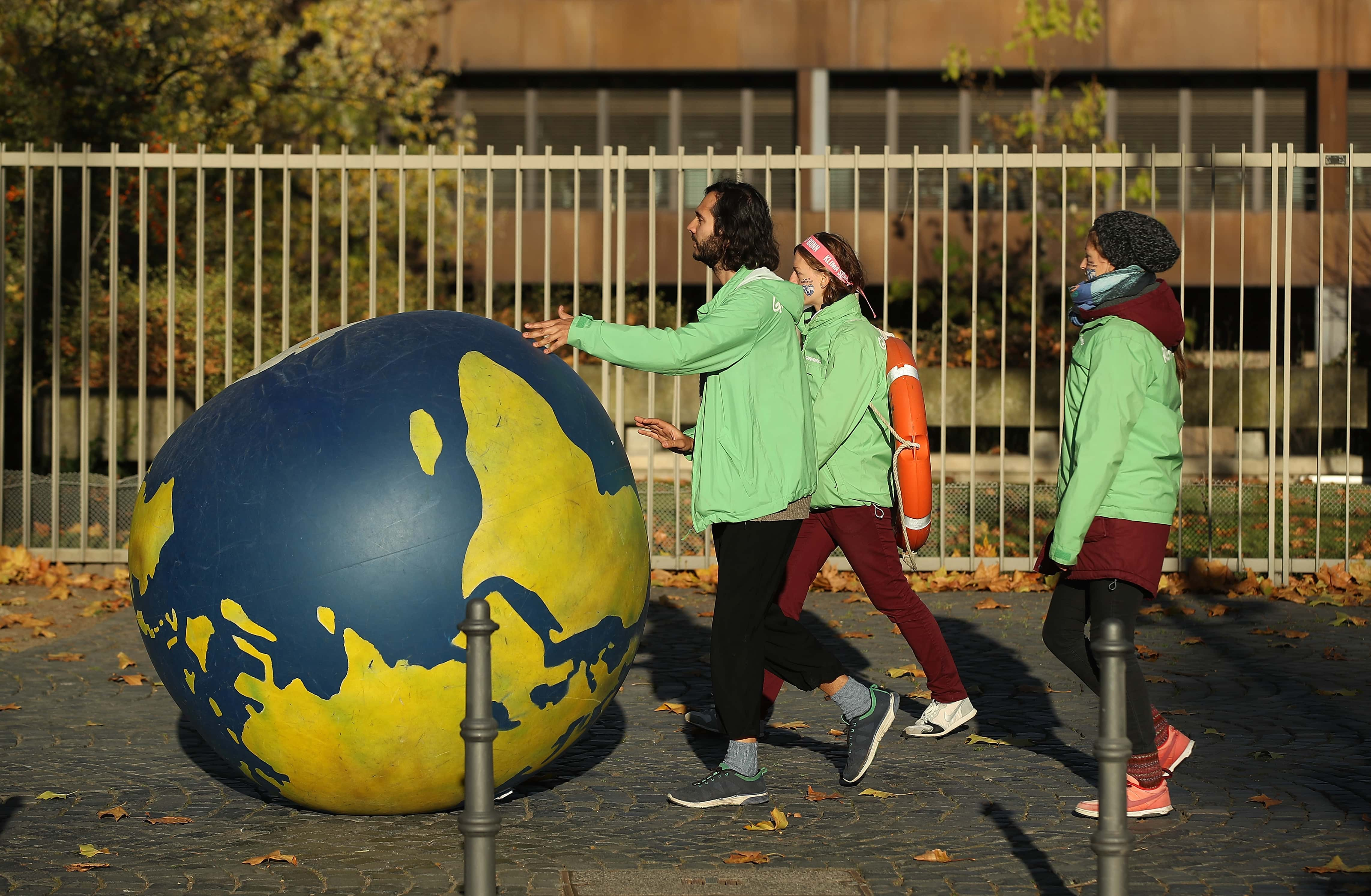
19. Laws Of Attraction
If the solar system was originally just a huge disk of matter, what made that matter turn into planets? Through a process called accretion, the matter in that disk began to clump together until those clumps were large enough to have gravity. That drew in more and more matter until eventually all of the planets and other celestial objects were formed, leaving mostly empty space between them. Nonetheless, there are other competing and/or concurrent theories that help explain the gas giants, which are formed slightly differently than this, and other phenomena of our Solar System.

20. Let’s See What You’re Made Of
Not all the planets are made of the same stuff. The inner planets (Mercury, Venus, Earth, and Mars) are mostly made of rock and different minerals. But the outer planets, the "gas giants" (Jupiter, Saturn, and "ice giants" Uranus and Neptune) are made of, you guessed it, gases such as helium and hydrogen.

Mars's surface
21. Some Planets Never Learned To Share
When they were young, the "gas giants" were likely rocky like the rest of the planets. However, they formed earlier than the inner planets and collected much, much more mass than the closer planets. That’s why even the smallest of them, Neptune, still has a radius around four times as large as the Earth’s. The biggest, Jupiter, is 2.5 times more massive than all the other planets combined.

22. Strong Winds
Why are the planets beyond Mars so much bigger than the rest? One answer is solar wind. There was a huge amount of hydrogen and helium, the lightest elements, in the solar system when it was new. When the Sun was forming, solar wind pushed almost all of the hydrogen and helium that was left over very far away. The less common, heavier elements weren’t pushed quite so far, and that’s why the small, rocky planets are close, while the massive, gassy planets are far.

23. Oldest And Biggest
Studies of meteorites show that Jupiter is likely the oldest planet, having begun to form less than a million years after the solar system began. After just 2 or 3 million more years, it was already 50 times the mass of Earth.

24. The Youngest Siblings
Though scientists aren’t sure which of the planets is the youngest, they’re quite sure that the four rocky planets closest to the sun (Mercury, Venus, Earth, and Mars) began to form last, when the Sun was a little older and less reactive than when it was brand new.

25. Sorry Everyone, But Pluto’s Not A Planet
To be a planet, an object needs to meet three criteria: It needs to orbit the sun, it needs to be mostly spherical, and it needs to have cleared the neighborhood of its orbit. That means that, aside from moons, everything else in its orbit should have been absorbed into it by gravity when it was being formed. Every planet did this, but Pluto didn’t. There are still a lot of other objects in the neighborhood of its orbit, so it’s not a planet. Don't @ us.

26. Like A Planet, But Different
Pluto is one of many dwarf planets in the solar system. That means it meets only the first two criteria of a planet: it orbits the sun (ie. doesn’t orbit another planet like the moon) and is mostly spherical. On top of Pluto, there are four other recognized dwarf planets: Ceres, Eris, Makemake, and Haumea, but scientists believe there may be as many as 100 of them in our Solar System.
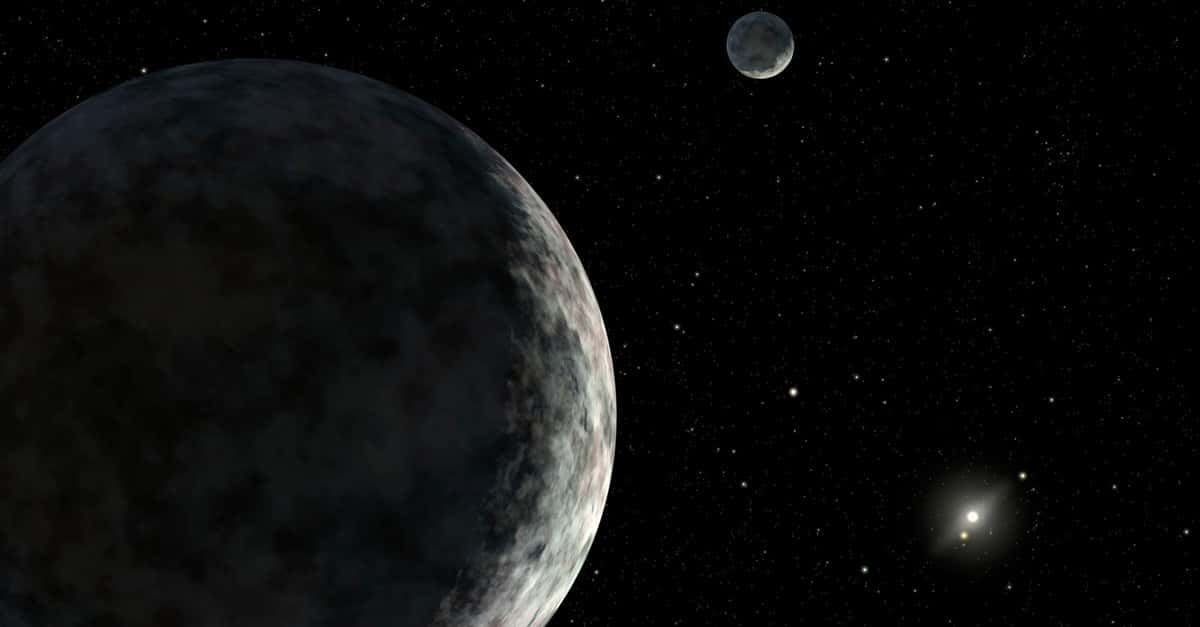
27. It Came From Planet 9!
We still don’t know everything about the solar system. Based on the way some objects far beyond Pluto orbit the sun, astrologers have hypothesized that another real planet, the so-called "Planet Nine," exists, almost invisible and 20 times farther out than Neptune.

28. No Spring Chicken
Although it isn’t the oldest planet in the solar system, the Earth still started forming not long after the Sun was born, around 4.5 billion years ago. Scientists made this estimate by dating rocks and meteorites found all over the world.

29. Not Always A Blue Planet
Around two thirds of the Earth today is covered by water, but it wasn’t always that way. When the Earth was brand new, its entire surface was molten rock. There was no atmosphere, no water, and it was constantly being battered by meteorites and asteroids.

30. A Part Of Us
Scientists currently believe that early in the Earth’s history, a massive rock the size of Mars collided with it. That sent a huge amount of debris spinning out into space, and over the years the debris eventually formed into the moon.

31. One Big Precious Gem
Almost every element on Earth is rare by solar system standards. By far the majority of the solar system is made up of hydrogen and helium, while the iron, oxygen, silicon, magnesium, sulfur, nickel, calcium, sodium, and aluminum that make up the Earth are extremely uncommon almost everywhere else.

32. Four Big Asteroids
There are millions of asteroids more than a kilometer wide in the asteroid belt between Mars and Jupiter, but half of the mass of the entire belt is in just three asteroids, Vesta, Palla, and Hygiea, and one dwarf planet, Ceres.

33. Not So Fast George Lucas!
Because of movies like Star Wars, most people assume that the Asteroid Belt is completely crowded with the giant rocks, but that’s not the case. True, there are millions of asteroids in the belt, but it covers such a broad area that chances are if you flew through it you’d never even see one, let alone crash into something.

34. Skipping Stones
Even though there are over a million asteroids in the asteroid belt that are at least a kilometer across, that doesn’t actually mean they’re that common. The vast majority of objects in the region are the size of pebbles.

35. Close But No Cigar
One leading theory as to why the asteroid belt between Mars and Jupiter formed is that early in the life of the solar system, a planet started to form in the region, but the pull of Jupiter’s gravity was too strong to let it happen. So instead, the matter in the area just formed millions of small asteroids and meteorites.

36. Plenty Of Belts To Go Around
The asteroid belt between Mars and Jupiter is the most well known, but it’s not the only one in the solar system. Starting around the orbit of Neptune and extending for around 20 astronomical units (the distance from the Earth to the Sun), the Kuiper Belt is a massive, ring shaped region of space that likely contains hundreds of thousands of icy objects, leftovers from the formation of the sun and the planets. That’s where you’d find Pluto if you went looking.

37. Can You Spell That?
If you were to go 2,000 astronomical units away from the Sun, way beyond the Kuiper Belt, scientists believe there is something called the Oort Cloud. When the planets first first formed, their gravity sent millions of icy objects out to the very edge of the solar system, and the Oort Cloud was created.

38. The Land Of The Comets
There are generally two kinds of comets: short-period comets that come around more often than every 200 years and long-period comets that come around less often than every 200 years. Astrologers believe that most short-period comets come from the Kuiper Belt while most long-period comets come from the Oort Cloud.
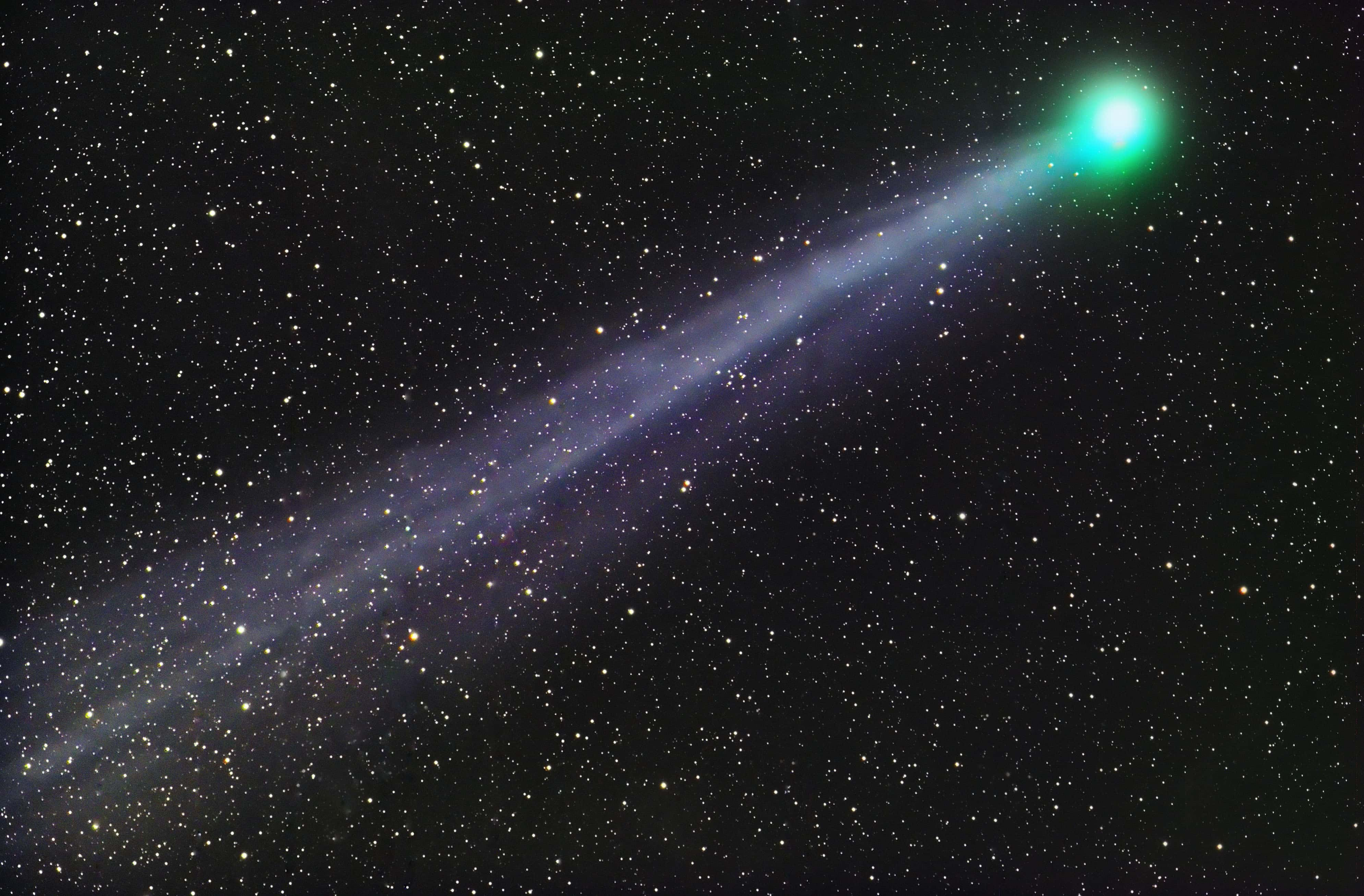
39. Galactic Proportions
Our Sun and entire solar system are just the tiniest fraction of the Milky Way, an enormous, rotating galaxy that’s 100,000 lightyears across (for perspective, a single lightyear is around 5.9 trillion, or 5,900,000,000,000 miles). But galaxies get even bigger—one called M87 is 980,000 lightyears in diameter!
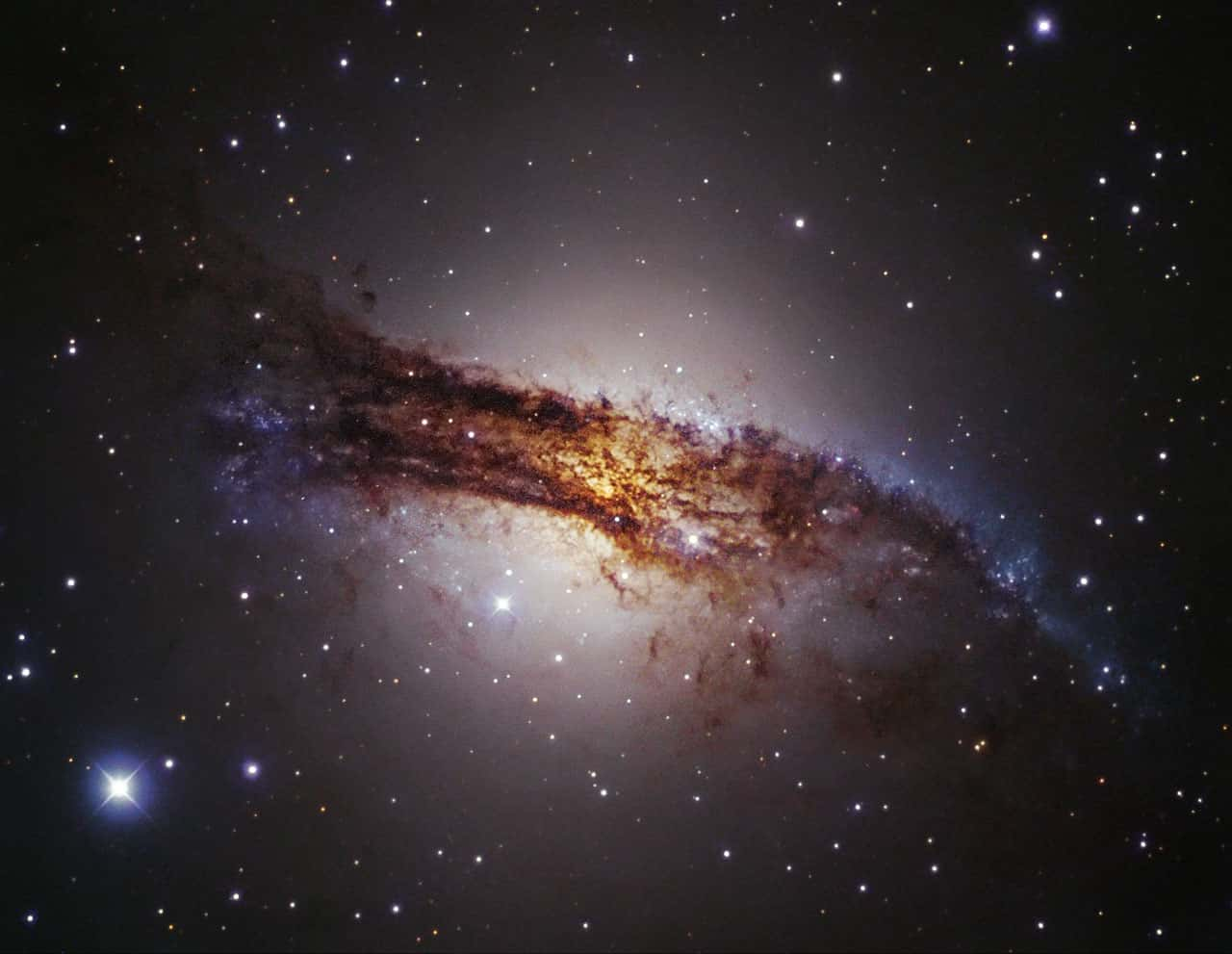
40. Not So Unique
We still have a lot to learn about our own solar system, but it’s far from the only one out there. In the Milky Way alone, it’s estimated that there are around 100 billion stars, each with their own solar system that probably formed in a similar way to ours.

41. So Close But So Far
Although we share the Milky Way with so many other stars, even the closest stars are really, really far away. The average distance between stars is around five lightyears or 30 trillion miles.

42. Beyond Comprehension
It’s hard to wrap your mind around 100,000,000,000 different stars in the Milky Way, but that’s just the tip of the iceberg. In 1995, the Hubble Telescope was aimed at a tiny portion of sky for 10 days, and it found more than 3,000 entire galaxies. This picture was called "Hubble Deep Field," and based on more images like it, scientists estimate that there are likely at least 100,000,000,000 galaxies in the Universe, each of them with billions and billions of stars.

All of these dots are not stars, but galaxies.
Sources: 1, 2, 3, 4, 5, 6, 7, 8, 9, 10, 11, 12, 13, 14, 15, 16, 17, 18, 19, 20, 21, 22, 23, 24, 25, 26, 27, 28, 29, 30, 31, 32










